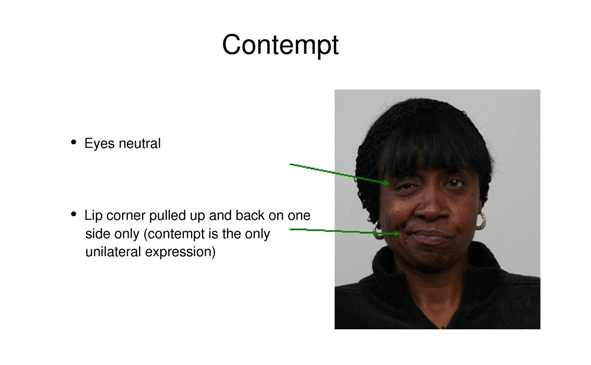 Will you be tuning in to watch the Vice Presidential Debates tonight? A warning: don’t trust every media analyst you see or read who invokes body language.
Will you be tuning in to watch the Vice Presidential Debates tonight? A warning: don’t trust every media analyst you see or read who invokes body language.
In fact when it comes to pundits commenting about body language in the media, “what you see is often more entertainment than science and it can contribute to misinformation,” says Vincent Denault, a communication researcher at the University of Montreal.
Dr. Matsumoto agrees. In a recent interview for Undark Magazine, he says while it is certainly true that there’s a lot of great information a person can get from nonverbals, you have to be careful.
What is Body Language?
Body language is also known by another term called Nonverbal Behavior.
Nonverbal behavior is a complex signal system of the body to communicate our mental states, thoughts and feelings. It’s one of the most complex signal systems of the body because it includes different channels like facial expressions, tone of voice, hands, gestures, body posture, the way we walk- even how much space we take when we talk with each other, and whether or not we touch each other.
Each of those channels can communicate different messages. They communicate specific or generic emotions. They communicate cognitive processes or specific cognitions; some kind of physiological states and some other things.
When you put all those channels together with all those signals it’s really easy to see why nonverbal behavior or body language is one of the most, or the most, complex signal system in the body.
What channel should you focus on?
Research has shown that of all of the channels and all of the messages coming at us, one of the most important is facial expressions of emotion. That’s why we focus on facial expressions of emotion here at Humintell.
That doesn’t mean that everything else is not important because we also focus on the other things, like gesture and voices and everything else. But facial expressions of emotion are the most important channel that we have.
When we’re trying to observe body language, it’s just so overwhelming because there’s so many channels and messages.
For example, it is an indisputable fact that facial expressions can convey certain types of emotional states. But faces are used to do a lot of other things such as signal cognition and cognitive processes, signal specific verbal words or phrases, speech articulation, signal physical exertion or physical effort and other idiosyncratic things.
Other nonverbal motions like a shrug can signal certain types of emotional states as well. But Dr. Matsumoto explains that there’s a lot of noise, too; people do all kinds of things with their bodies. For example, a person’s raised eyebrow could be express disbelief — but it might also signal discomfort or surprise. The same hand gesture could mean different things in different cultures.
What about Catching Liars?
When it comes to assessing credibility, recent research suggests that instead of using single, specific behaviors to detect deception, nonverbal behavior assessed across multiple channels is a more fruitful way to differentiate truthtellers from liars.
In fact, Dr. Matsumoto and his team of researchers at Humintell have recently published articles related to this exact topic.
Remember, there is no Pinnochio effect where one single behavior automatically means a person is lying.
Want to determine if someone is being truthful (or not)? Validated indicators are a good place to start. Those are those indicators that have been tested in research and found to reliably differentiate truth tellers from liars across studies, investigators and laboratories. And, they have also been vetted in the field.
One of the verbal indicators of deception that Dr. Matsumoto often thinks about when he watched politicians answer questions is known as “Extraneous Information.” This is information that does not answer the question posed, and may be used to justify the liars’ actions, deflect the question because they may not want to respond to that specific question, help liars distance themselves from the act of lying or the content of the lie, or aid liars in exerting control over the interview.
Of course extraneous information, like any indicator of truthfulness or deception, is never failproof or foolproof as a sure sign of truth telling or lying. But they do give signs to the mental state of the individual, and when used correctly in a probing, strategized interview can be very effective in helping investigators to ferret out truth from lies.
The post Detecting Deception in Politics first appeared on Humintell.
 Emotions shape much of our lives, so it would make sense that they impact how we handle political discussions as well.
Emotions shape much of our lives, so it would make sense that they impact how we handle political discussions as well. Many of us worry about corruption amongst political elites, but could it be possible to actually recognize it in their faces?
Many of us worry about corruption amongst political elites, but could it be possible to actually recognize it in their faces?